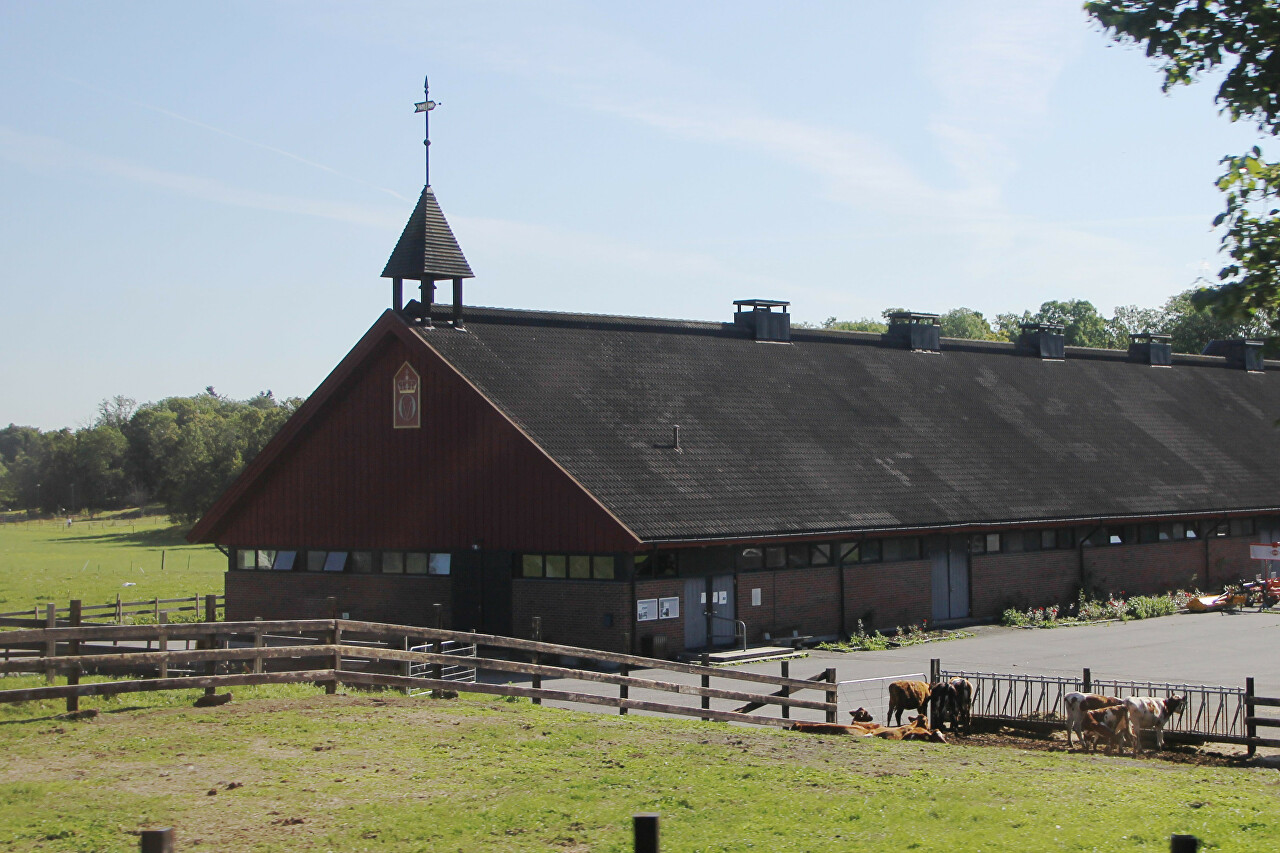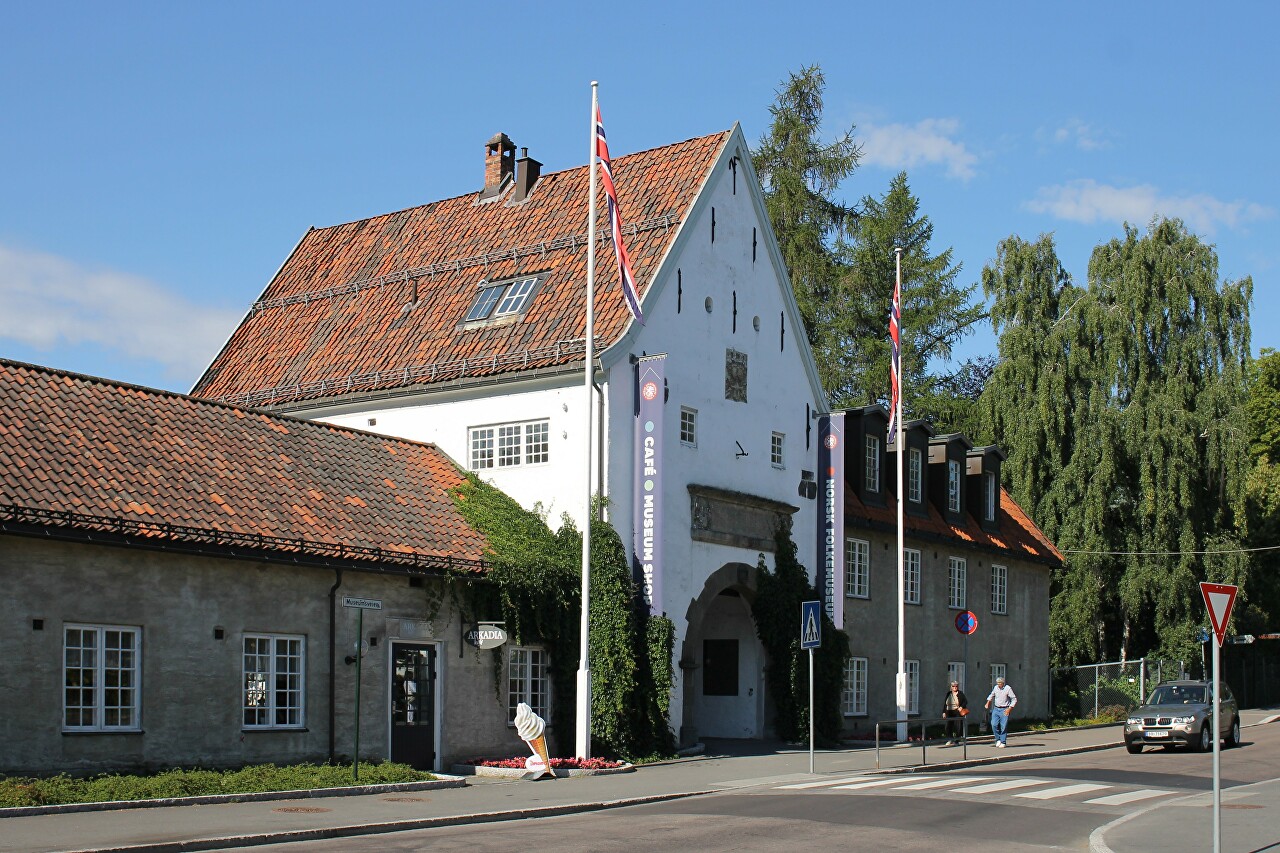The Bygdøy Peninsula. Royal Farm and Museums
One of Norway's oldest cultural landscapes, the Bygdøy Peninsula was once the only inhabited area in the inner part of the Oslofjord. The Cistercian monks were the first to settle here, and in 1532 the land was confiscated for the royal farm (Bygdø Kongsgård), which still exists today. The farm covers an area of 200 hectares, 74 of them are used for farmland, the rest - as pastures. The farm has 60 dairy cows, 90 calves, 30 sheep and 9 ponies. The farm is open to the public, as well as everyone can taste the dairy products that go to the table of the royal family. However, it is also available in regular stores.

The main museums of the Norwegian capital are located on the Bygdøy Peninsula: the Norwegian Maritime Museum (Norsk Maritime Museum), the Fram Ship Museum (Frammuseet), the Kon-Tiki Museum (Kon-Tiki Museum), dedicated to the travels of Thor Heirdal, the Viking Ship Museum (Vikingskipshuset) and the Norwegian Ethnographic Museum (Norsk Folkemuseum). The main street of the peninsula is called "Museum's road" - Museumsveien.
